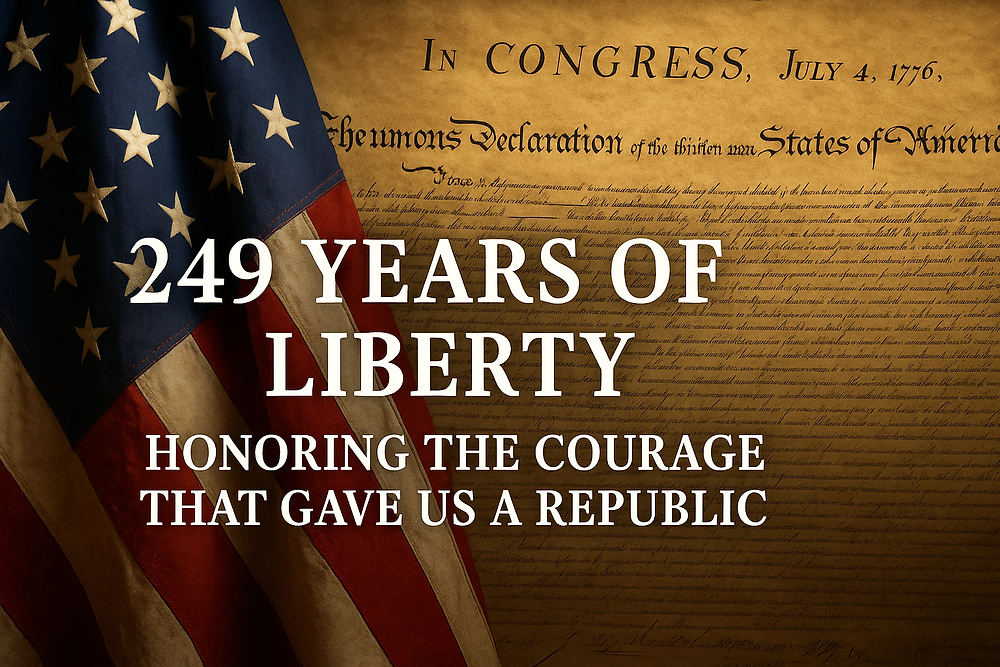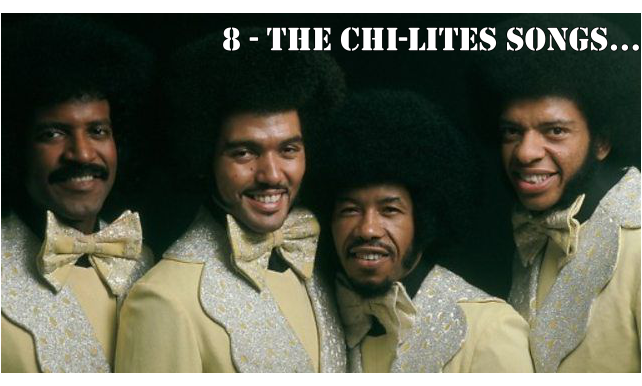(ThyBlackMan.com) The makeup of the United States population has changed over the centuries, and will continue to do so. But “a three way ethnic component was involved in the original basic ingredients of the formative American nation—white Englishmen, black Africans, and red Indians. The fact that nineteenth-century immigration added millions of white Europeans who were not of prime English stock, does not essentially alter the qualities of the original ethnic triad.” These three peoples engaged in a bewilderingly complex series of interactions ranging from close cooperation to bitter conflict in a roiling tapestry that gradually overspread the continent. “A frontier people,” said Pres. Woodrow Wilson, “is, so far, the central and determining fact of our national history. . . . The Westerner has been the type and master of our American life.” At first the frontier began just beyond the stockades of the initial European settlements, but it moved relentlessly westward until the entire midsection of North America was brought under their purview. The story is customarily told in two separate sagas: cowboys and Indians – masters and slaves. Not so fast, says Loren Katz, the two tales are really one, as he carefully documents in his 1986 volume, Black Indians: A Hidden Heritage.
BLACK INDIANS
As European settlements inched west, Black, white and Native Americans, fleeing forced labor within their confines, melted into the interior and mixed with those Native Americans just beyond the frontier (front tier) of the unstoppable westward expansion. “With few weapons these alliances in the woods challenged the footholds Europeans built in the Western Hemisphere. Using guerilla tactics that would become famous in China and Viet Nam in our own century, red and black people defeated superior numbers and better equipped foreign armies. This they managed while moving their families out of harm’s way. These dark liberators often proved that European rule in the Americas amounted to a thin coat of white paint over a seething dark empire. . . Before the Declaration of Independence eloquently argued for a peoples’ revolution against unjust authority, thousands of dark-skinned Americans had been fighting tyrants and slavehunters on two continents.”

To counteract these powerful alliances, “Europeans played skillfully on racial differences and ethnic rivalries. They kept the pot of animosity boiling. Whites turned Indians into slavehunters and slaveowners and Africans into ‘Indian fighters.’ Light-skinned Africans were pitted against dark-skinned, free against enslaved, Black Indians against ‘pure’ Africans or ‘pure’ Indians.” The European penetration of the Americas led to widespread conflict amongst overlapping groups. Colonists fought the colonizing powers, the colonizing powers fought each other, colonizers fought natives, natives fought each other, Africans joined Native Americans, Africans fought Native Americans, etc.,. Native Americans, Africans, European colonists and the colonial powers squared off amongst each other in multifarious, shifting alliances over the course of hundreds of years. The action centered around the settlements of runaways on the frontier, referred to as Maroon communities. The anthropologists call them “tri-racial isolates,” that is, isolated pockets of population with white, Black and Native American heritage. E. Franklin Frazier refers to them as people of “indeterminate race.” Note the negative connotations in Western movies of “half breeds” and “renegades,” reflecting how they were perceived by the European settlers. They, however, saw themselves as freedom fighters.
From the time of Columbus the gravest threat to European domination of the Western Hemisphere came from outlaw communities of former slaves. These maroon colonies, as they were called, were considered a knife poised at the throat of the slave system. Some fearful Europeans saw them as a sword pressed against the entire colonial system in the Americas. Men and women who lived in them saw their settlements as the fulfillment of an American dream—a sheltered home in freedom. They were a place for families to educate their young, develop their agriculture and trade, practice religion, justice, and government.
Essentially, the process was analogous to the Roman pacification of northern Europe under the Caesars. Just beyond the steadily expanding area of Roman control were bands of warriors and their families that the Romans clashed, traded and intermarried with. And the further out towards the frontier one went, the less Italian and the more indigenous looking did the Roman soldiers, officials and citizens become. A frontier is porous. On one side, people move freely in and out of the hinterland, and on the other in and out of the settled area.
The frontiersmen, scouts and pathfinders universally depicted in Hollywood movies as white, were more often than not of mixed race, like John Baptist Point du Sable whose trading post became the City of Chicago. Or James Beckwourth who found the path through the Sierra Madre mountains that bears his name and facilitated the California Gold Rush. In the 1951 movie, Tomahawk, he is played by a white actor. The Searchers the iconic John Ford film starring John Wayne, about a man who spent years searching for his neice who had been kidnapped by Native Americans, is based on the real life adventures of a Black man, Brit Johnson. The rodeo arts were largely developed by Bill Pickett a man of mixed race who was the mentor of Tom Mix and Will Rogers who both went on to major Hollywood careers. This writer distinctly recalls as a youth watching Sidney Poitier play a cowboy in the 1966 motion picture Duel at Diablo, and thinking that this was a Hollywood invention while just the opposite was true.
BURIED IN THE BITTER WATERS
Oklahoma, before becoming a state, encompassed much of the region known as Indian Territory, a Western reserve set aside for the Native Americans of the Southeast, the endpoint of the infamous “Trail of Tears.” It contained more than 30 Black towns, the most famous of which was the Greenwood section of Tulsa, so successful it was dubbed Black Wall Street. In 1921, it was burned to the ground by jealous whites in a pogrom that included explosive devices dropped from airplanes. Until recently, this horror was completely absent from school curricula, even in Tulsa. Elliott Jaspin in Buried in the Bitter Waters: The Hidden History of America’s Racial Cleansing documents this episode and hundreds of others.
Leave now, or die! From the heart of the Midwest to the Deep South, from the mountains of North Carolina to the Texas frontier, words like these have echoed through more than a century of American history. The call heralded not a tornado or a hurricane, but a very unnatural disaster—a manmade wave of racial cleansing that purged black populations from counties across the nation.
Many of the African Americans in Oklahoma had come as members of the Native American nations forcibly sent there.
In the decade between the American Revolution and the Civil War Black Indian societies were reported in New Jersey, New York, Delaware, Maryland, Virginia, North Carolina, South Carolina, Connecticut, Tennessee and Massachusetts. Some managed to live as maroons, distant from a white society they rejected. . . . (I)t had become clear to any who cared to look that Native Americans east of the Mississippi had become a biracial people (with a sprinkling of white blood.)
The longest war in American history was the conflict with the Seminole Indians of Florida which sputtered off and on from 1816 – 1858. The history books give scant notice to the fact that many of the Seminoles were Black. However, General Jessup at the time remarked, “Throughout my operations I found the negroes the most active and determined warriors; and during the conferences with the Indian chief I ascertained that they exercised an often controlling influence over them. . . This, you may be assured, is a negro not an Indian war. ” About a quarter of the population of California under the Spanish was Black. “The city of Los Angeles was founded in 1781 by forty-four people, of whom only two were Europeans, and the rest African, Indian, or a mixture of the three races.” Blacks originally owned Beverly Hills and the San Fernando Valley. In 1790 a Black man was the mayor of Los Angeles.
Staff Writer; Arthur Lewin
This talented author has just published a NEW book which is entitled; AFRICA is not A COUNTRY!.
For more articles written by this talented brother click on the following link; https://thyblackman.com/?s=lewin.

















Leave a Reply